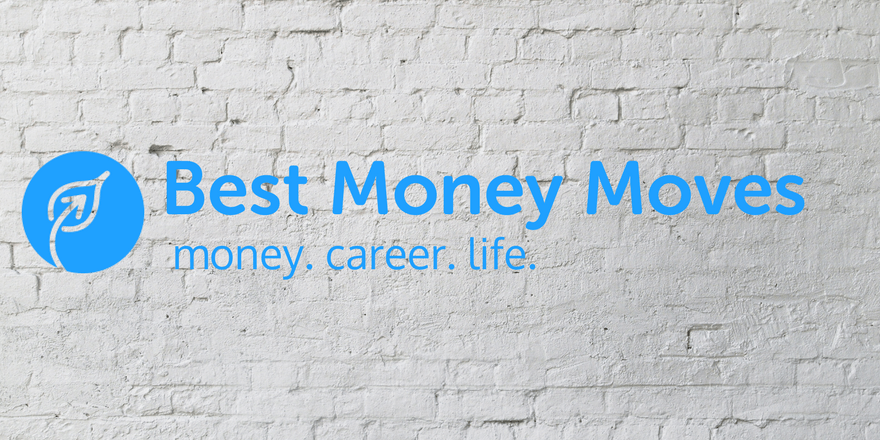
What’s The Best Move When Your Employees Are Stressed About Healthcare Costs?
Healthcare costs are rising as uncertainty around the fate of the Affordable Care Act mounts. And, soaring healthcare costs translates into a higher level of financial stress for your employees. More than half of employees worry about what will happen to their finances if they become ill and are unable to work. Research shows that significant financial stress leads to lower rates of productivity and higher rates of absenteeism. Financial stress has also been shown to cause physical illness among some employees, resulting in even worse health prognoses.
But, there is a solution. The best fix for fears around money and financial stress is knowledge. Increasing your employees’ knowledge of the benefits you already offer, while providing access to key information, tools and solutions will help your employees be less financially stressed and more productive while at work and throughout their lives.
Your Employees Are Stressed About Healthcare Costs. What Can You Do?
Your Company’s “tax inversion” may cost you big time. Tax reform is turning the tables on companies who have previously moved overseas to (get this!) save money on taxes and experts are predicting a shift and a return home for US companies based abroad.
Will new taxation bring companies back to the US?
Fact: Employees with money angst are less present and less productive. Nearly half of employees who are worried about their financial health miss more work and are less productive when in the office. How can you bring your team to a place of financial wellness
How Improving Financial Health Boosts Productivity
Is your company’s innovation at a stand-still? Studies show that lack of time is the largest barrier to organizational growth and innovation. Nearly 82% of study participants said they’re too focused on day-to-day challenges and simply have no time to be creative.
Financial stress is bad for your health. It not only causes medical costs to become more difficult to manage, financial stress actually causes poor health. Being stressed about money can put you – and your employees – at higher risk for low quality health.
How chronic money stress affects your health
Is HR responsible for creating an ethical workplace culture? Or should it fall on the executive team to set the right tone? Someone needs to take the reigns and responsibility for creating and maintaining ethics within the workplace. Here, two experts debate.
HR or executive team – who’s responsible?
How do you budget for your business? Good budgeting is a key component when starting and building a successful business. Is not knowing where to start preventing you from taking that important first step?
10 Budgeting Tips for Your Business
Which legal missteps does your business need to avoid? Being successful in business doesn’t require an MBA or a law degree. But you need to know when it’s time to ask for help to avoid making rookie legal mistakes. Read attorney Ticora Davis’s insight on the subject.
Common small business mistakes to avoid
Have something to add? Email info@bestmoneymoves.com.


 This week, I’ve had the pleasure of highlighting
This week, I’ve had the pleasure of highlighting 

